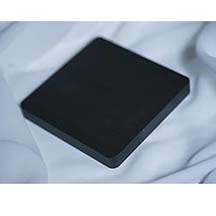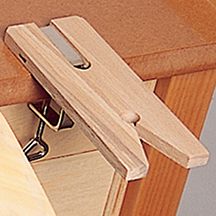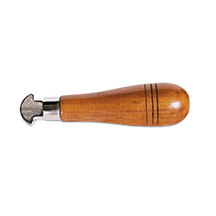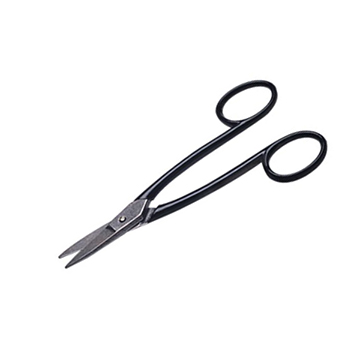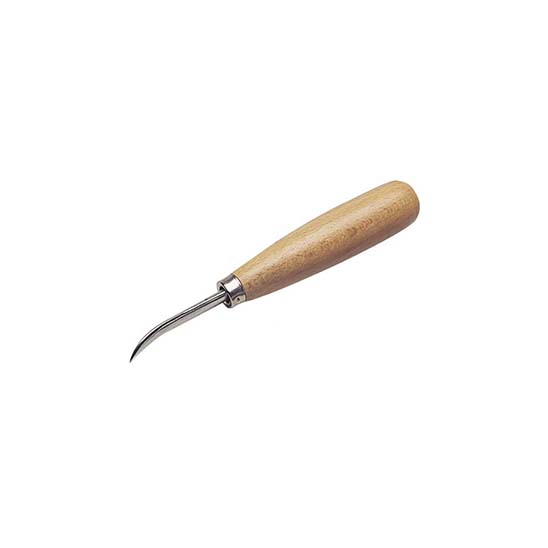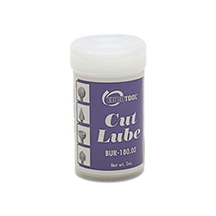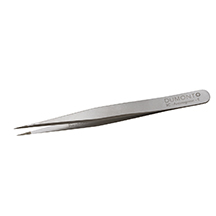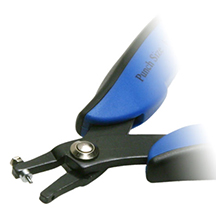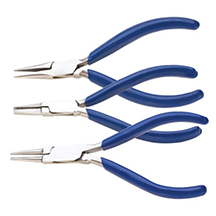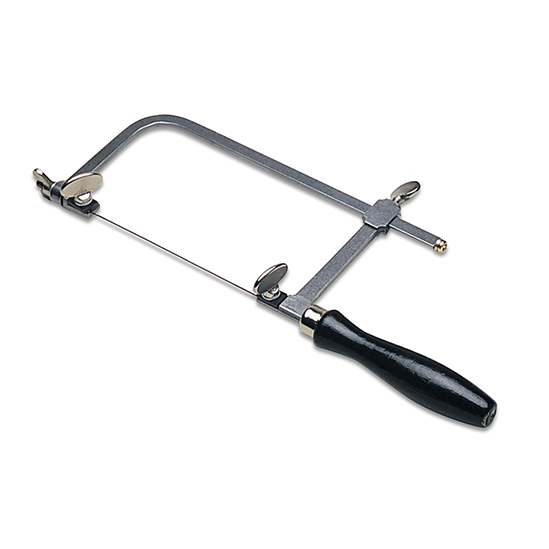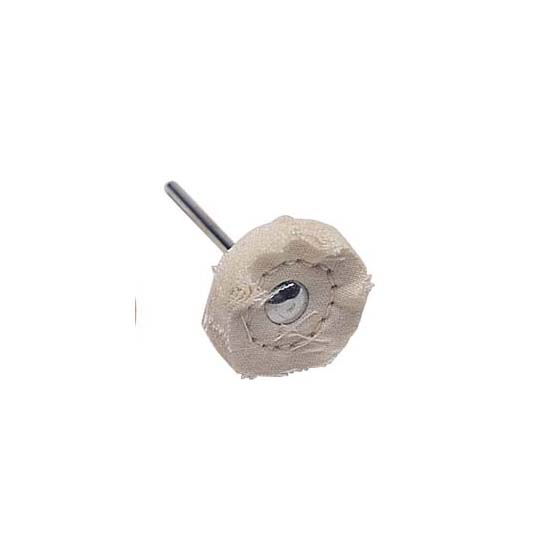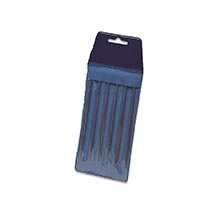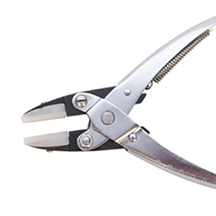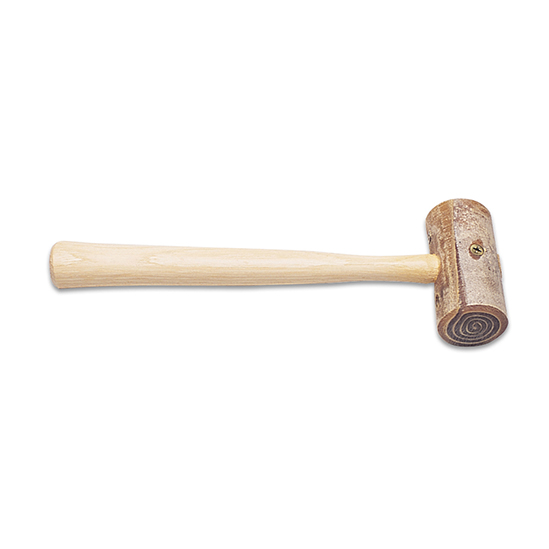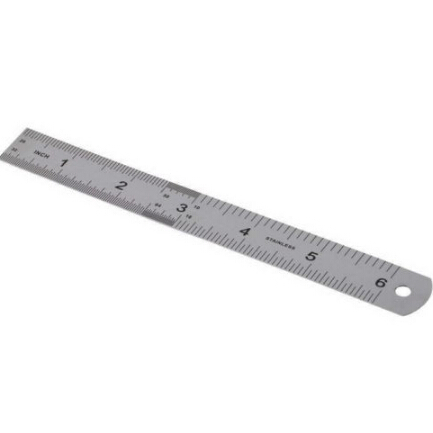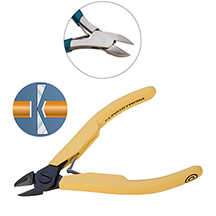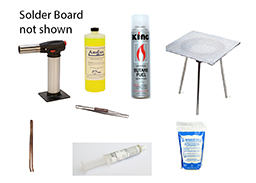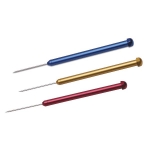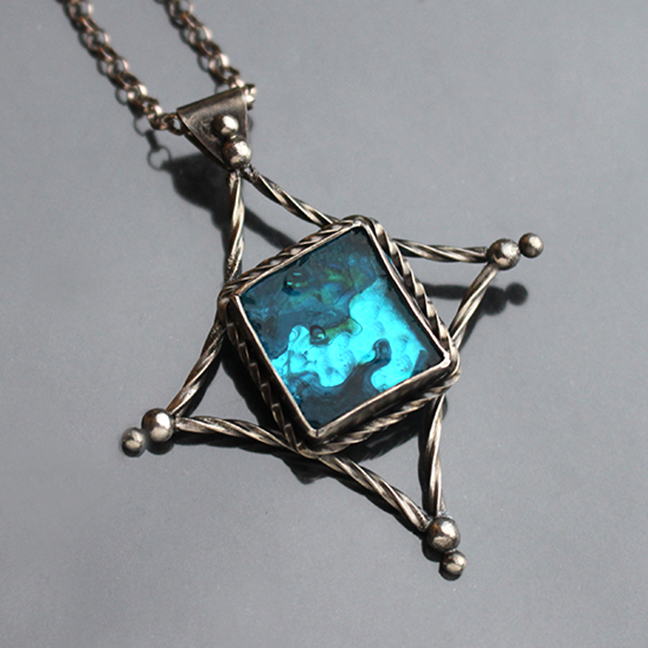
Nova Pendant
- Level
- Intermediate
- Session
- 2, 1 hour sessions, on-line
- Description
- Lets put a twist in your bezel setting skills and set a square bezel. In this project you will be challenged to solder together small parts while keep things square. You will finish off the project by making your own bail. Register at The Urban Beader.
Tools
Tools required to complete project.-
Bench Block
Steel or Anodized aluminum - Used as a hammering surface for metal stamping or working with metal. -
Bench Pin
There are a variety of bench pins available on the market, any will do. However, you will need to bring a 4” or larger C-clamp. As the C-clamp provided with a bench pin does not fit most tables at the shows. -
Bezel Rocker
There are 2 bezel rockers on the market, the one shown is preferred, but if you own the other one it will work also. I usually have 2 to share at the shows. -
Bezel Shears
Used to cut metal sheet. There are many available on the market, any of which will work, however they should NOT be serrated. (Tin snips or airplane shears will also work, however, they may be large and cumbersome.) If the project has curves in the design and you own a pair, bring curved bezel shears. This is an optional item for most classes. Shears will be provided for use during classes. -
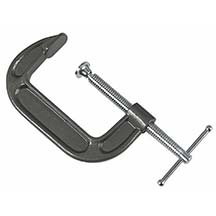
C-clamp
To be used with bench pins to clamp to tables. May be found at any local hardware store. Must be at least 3 inches. -
Curved Burnisher
Used to burnish or smooth the surface of metal. For most projects using this tool you will want at least a 3mm ball. This tool may also be found at your local craft store for use with clay or nail art.
-
Cut Lube
Used to lubricate saw blades and drill bits for ease of cutting. -
Divider
Used to score metal to create lines for cutting. May also be used to aid in measuring for consistency. A compass will NOT work, I already tried. -
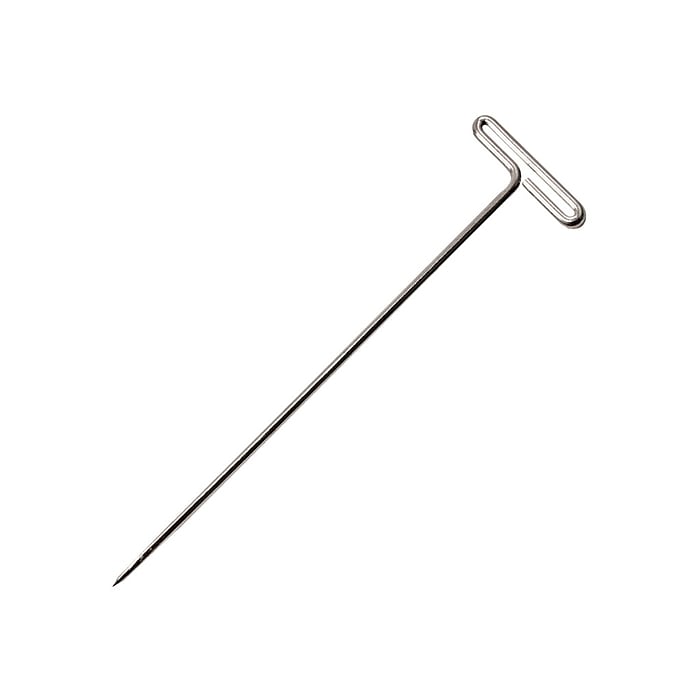
Dressmakers T-pin
Used mostly as a scoring tool, for most projects you may use any metal object that has a sharp point..
-
Fine Tweezers
Used for moving small parts. Classes requiring fine tweezers will not work with fire tweezers. These are a cheap investment. Please be bring some. Optional for most classes. -
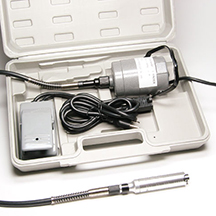
Flex shaft
Rotary tool used for polishing, drilling, finishing, etc. Flex shafts are available for purchase new and gently used at the class. Pleased contact the instructor if are interested in purchasing one at the class as quantities are limited. -

Glass Cutter
Steel wheel for the purpose of scoring glass in the process of cutting. -
Hand Punch
1.25, 1.5, 1.8 mm. Used to make holes in metal. Please refer to class details for size needed. -
Hand Tools
Basic hand tools – Any quality is appropriate for my classes. These do not need to be high end or expense.
- Round nose - Typically it is preferred that the round nose be a fine tip. Especially for classes with detailed wire work.

- Chain/needle nose – Tapered jaws for general metal and wire work. Non-serrated are requested for all of my classes. Typically requested for classes to be used for opening and closing jump rings; in which case, 2 pairs are requested or a combination of chain nose and flat nose is suitable.

- Flat nose – Similar to chain nose but the jaws are not tapered. Non-serrated are requested for all of my classes.

- Round nose - Typically it is preferred that the round nose be a fine tip. Especially for classes with detailed wire work.
-
Jeweler’s Saw
Used for cutting sheet metal and metal tubes. Instructor will provide for every class needed. -
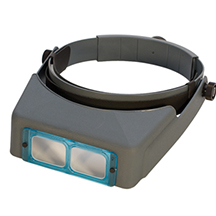
Magnifier or Optivisor
– For almost all classes this is listed as an “As Needed” tool. If you have sight challenges it is recommended that you are properly prepared. For advance stone setting classes this is required! If you decide to use reading glasses consider better than 2.5x.
-
Muslin buffing wheels
Used with a flex shaft or Dremel to polish metal. -
Needle File Set
Used for filing smaller pieces of metal and tight places. When required, either diamond coated or fine tooth is preferred. Some students may prefer to use smaller files as opposed to the student files for their projects. -
Nylon nose parallel pliers
– Parallel action provides even pressure while holding firm. I love using nylon parallel pliers to manipulate my metal. Parallel pliers were my favorite pliers until they made nylon nose parallel pliers. For almost all projects these pliers are optional. You may use regular nylon nose and parallel nylon nose interchangeably. -
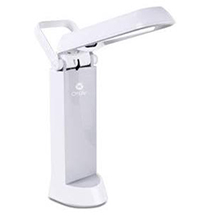
Ott Light or Task Lamp
This is optional item that is listed for every class. It is up to you to determine whether or not you will need to have one depending on your vision. -
Rawhide/Leather Mallet
Shape and flatten metal without marring it. #2 mallet is a standard size. Instructor will provide for every class needed. A yellow nylon mallet may be used in its place, however a rubber one may not. -
Metal Ruler
6" metal ruler is preferred unless otherwise noted. A larger one will also work, however, it may be a little cumbersome. -
Side Cutters
Also known as wire cutters or snippers. For many of my classes I prefer Ultra Flush side cutters because it eases the workload. Ultra flush is the most flush you can buy as opposed to just flush cutters. If you don't own a pair of Ultra Flush cutters, you may want to invest in a good pair either Lindstrom or Swanstrom. There is usually not a different in price between ultra and just flush cutters so why not just buy the best? The image shows just a side cutter (top) and ultra flush (bottom). -
Soldering Kit
(Optional)
Items in this Soldering Kit will be provided for use during the class. If you are interested in ordering a kit please click on the image. Kit includes: Butane torch, butane, 1 tube solder paste, fire tweezers, copper tweezers, Sparex, tripod with mesh, flux, soldering board. (Note: kit will be delivered at class. If you require the kit prior to class please contact us to make arrangements. -
Soldering Pick
A small, pointed instrument designed to help you move solder into place.


